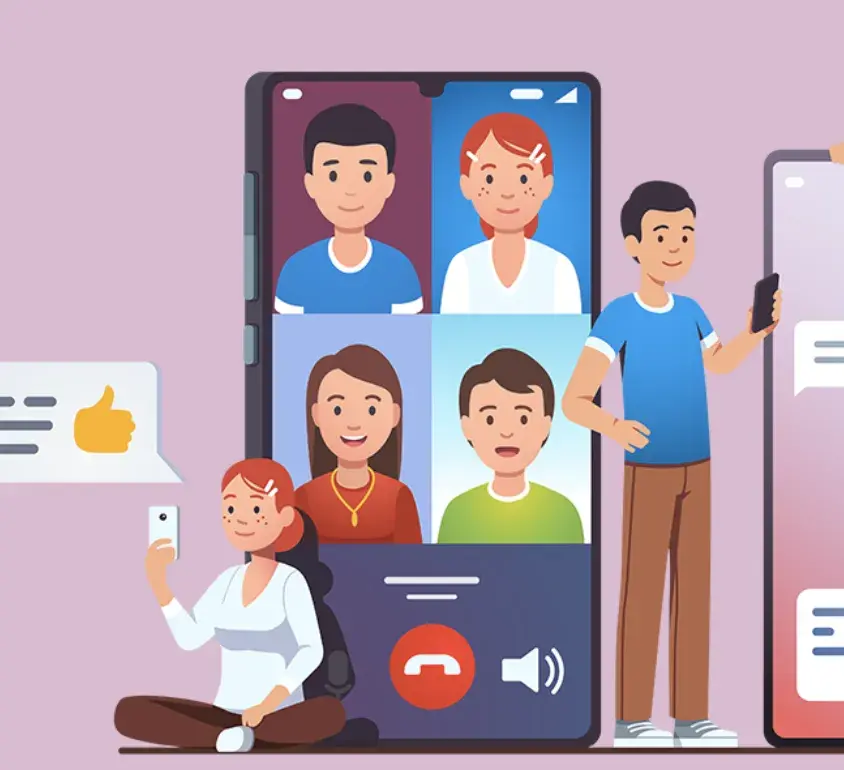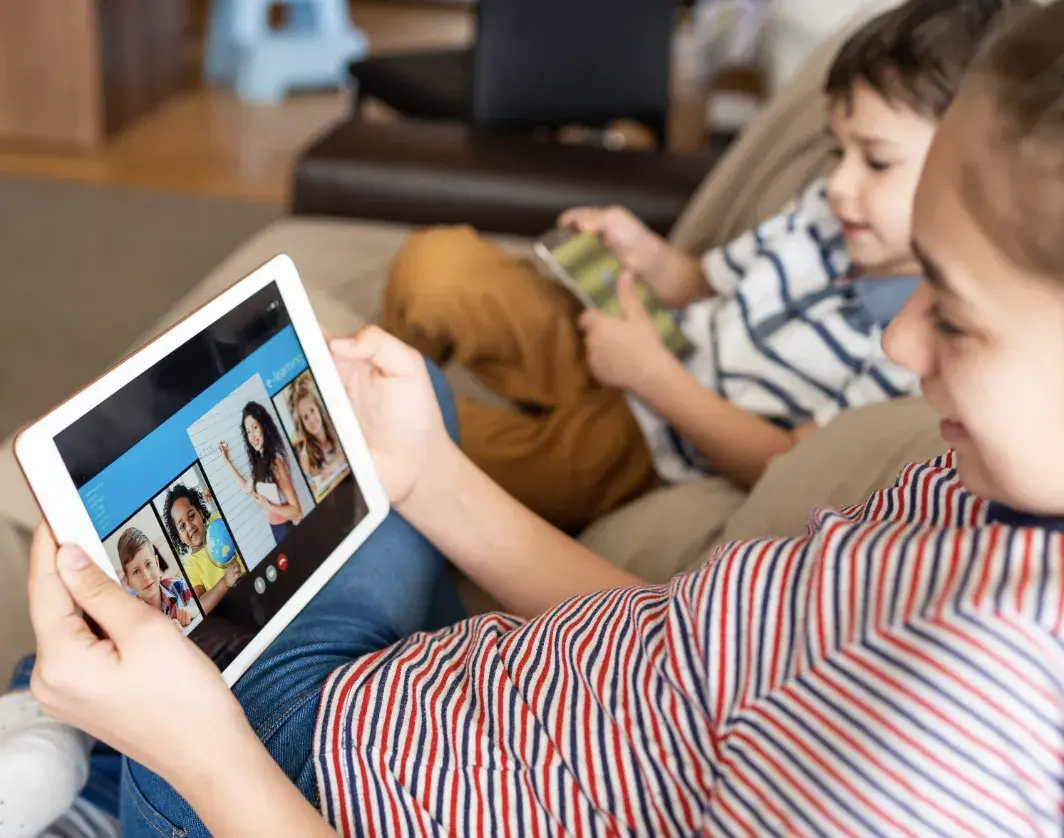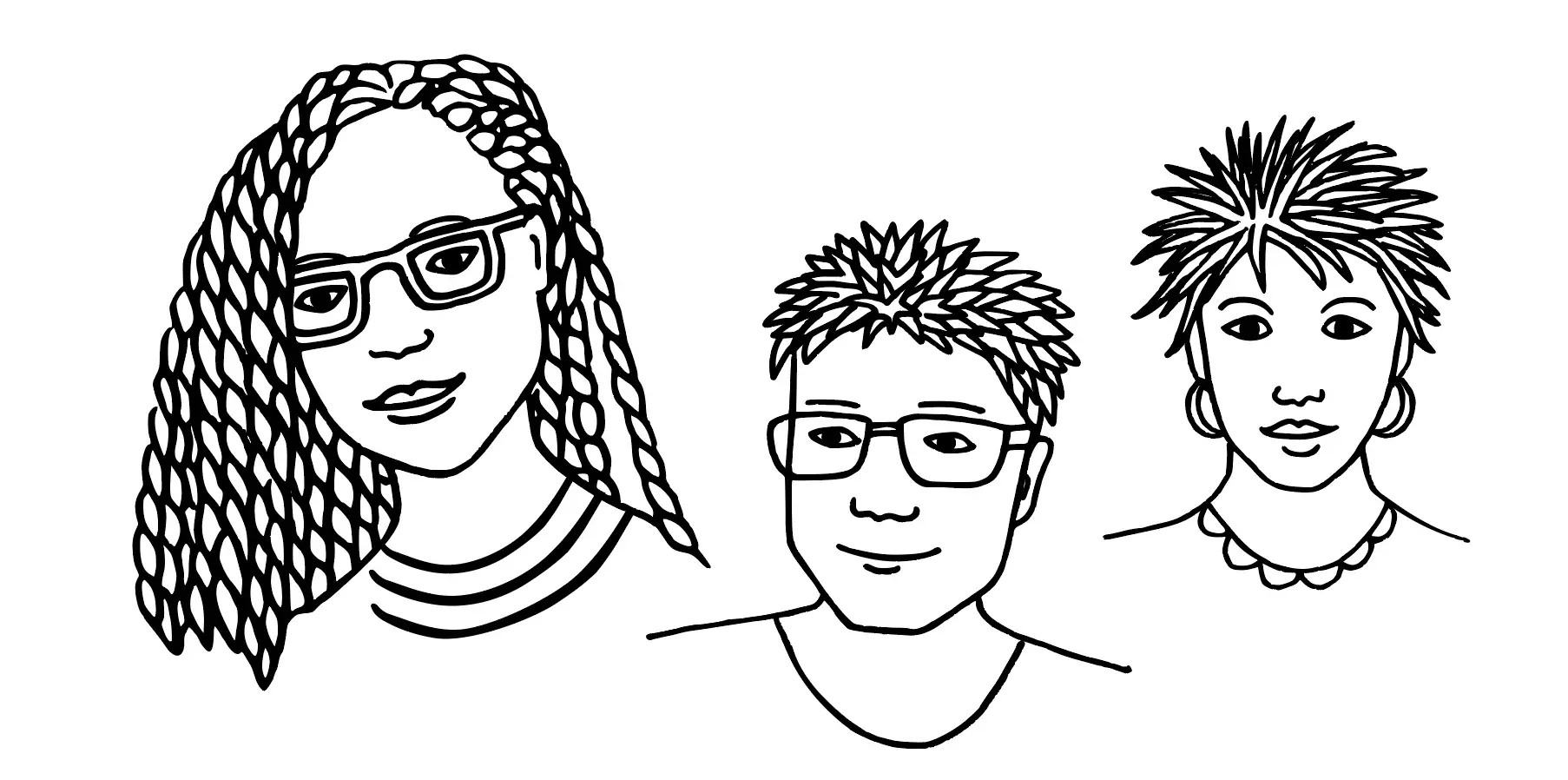
Overview | Projects | Technology | Equity | Best Practices | Webinars | For Families
Making Remote Learning Accessible for All Students
As we continue to face the unpredictable months to come, we’re also faced with the question of what meaningful learning can look like, and who is gaining equitable access to it.
Given that schools will have different levels of access to technology, both at home and on campus, using a tiered approach is a possible option. Teachers can canvas their students to see what access options they have and then develop protocols and packages appropriate to each.
Our team is continuing to explore how Project Based Learning can be accessible in all remote learning environments.
Rethinking Distance Learning, and How to Make It Work for All Students
As educators, how can we continue to provide students with the safety net that school offers, while also using distance learning as an opportunity to change the way we think about school? And how do we do this when the digital and social gaps of society are becoming increasingly obvious?
Equity Issues in Remote Learning Provide Opportunity to Improve Feedback
Concerns for equity have led many school districts to eliminate or restrict grading during this time of widespread virtual schooling. How then, are teachers supposed to let students know that their work is seen and valued? How should they coach students toward growth? The answer is through high-quality feedback—which is an essential element of Project Based Learning.
PBL + SEL + Trauma Informed Teaching for the Times We’re In
Studies suggest that half or more of our students experience some type of childhood trauma. We could say this now applies to 100 percent of our students, as they are living through a global pandemic, an incredibly confusing, uncertain and trying time. Now, more than ever, it is imperative that we foster a humanizing pedagogy.
Some "no tech" options (that aren't just a packet of worksheets)
If your students don’t have computers or internet access away from school, you could:
- Offer specific types of activities that are engaging, hands-on and contribute to the larger project goals, such as collecting data, or a daily "get outside" mindfulness observation routine.
- Provide students with a package of sample articles, data sets, or open-ended problems (with graphic organizers or project checklists) that they could use with the design process to build empathy, define the problem, and ideate solutions.
- Ask students to prototype designs for project products with whatever materials they had available, or write proposals for solutions to problems.
- Have students interview family members or neighbors, or make phone calls to distant people, to get additional expertise and feedback for prototyping or proposal-writing.
- Assign art-based projects, or project-related books they can read at home.
- Ask students to do an individual project, where they pick a topic of interest and explore it on their own (e.g., family history; the physics of baseball or skateboarding; the science of cooking) then create videos, podcasts, or a written product.
How Can High Quality PBL Create Equity in the Classroom?
How does Gold Standard PBL and technology help achieve equitable outcomes in our classrooms? Join us as we explore how bold educators can activate change to foster equitable learning environments that better equip all learners to reach their academic, vocational, and personal aspirations.




